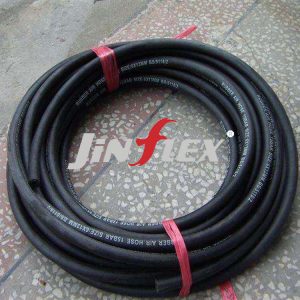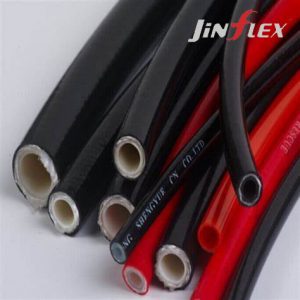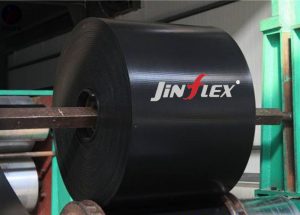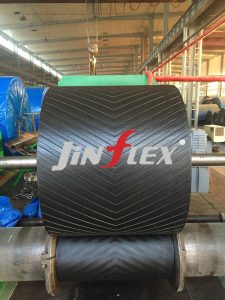In the industrial field, fuel pipes and hydraulic hoses are two indispensable fluid transmission tools. Although they are both pipes, they have their own differences in materials, uses and performance.

Fuel line: the guardian of vehicle power
The fuel pipe is mainly responsible for transporting fuel from the fuel tank to the engine safely and stably to ensure the normal operation of the car. Most of its materials are stainless steel or rubber, which have the characteristics of high temperature resistance, pressure resistance and corrosion resistance to adapt to the chemical corrosion of fuel and the high temperature and high pressure environment of the engine.
Hydraulic hose: the “heart” of the hydraulic system

Hydraulic hoses are widely used in various hydraulic systems and are responsible for transporting liquid media with a certain pressure and temperature. It consists of an oil-resistant inner rubber layer, a middle rubber layer, a steel wire reinforcement layer and an outer rubber layer to ensure stable transmission in complex environments. Its excellent pressure resistance, anti-aging and anti-fatigue capabilities provide a strong guarantee for the efficient operation of the hydraulic system.
The difference between the two: Each has its advantages
Fuel lines and hydraulic hoses differ in materials, purpose, and function. Fuel pipes focus on corrosion resistance, high temperature and high pressure resistance, while hydraulic hoses emphasize pressure resistance, aging resistance and fatigue resistance. Depending on the application scenario and needs, it is crucial to select the appropriate pipeline.
To sum up, fuel pipes and hydraulic hoses each have their own unique value and role in industrial fluid transmission. Understanding their differences and characteristics will help us better select and use them to provide safe, stable and efficient fluid transmission solutions for industrial production.


